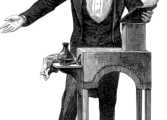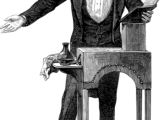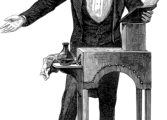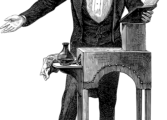Charles Dickens: A Master of Storytelling
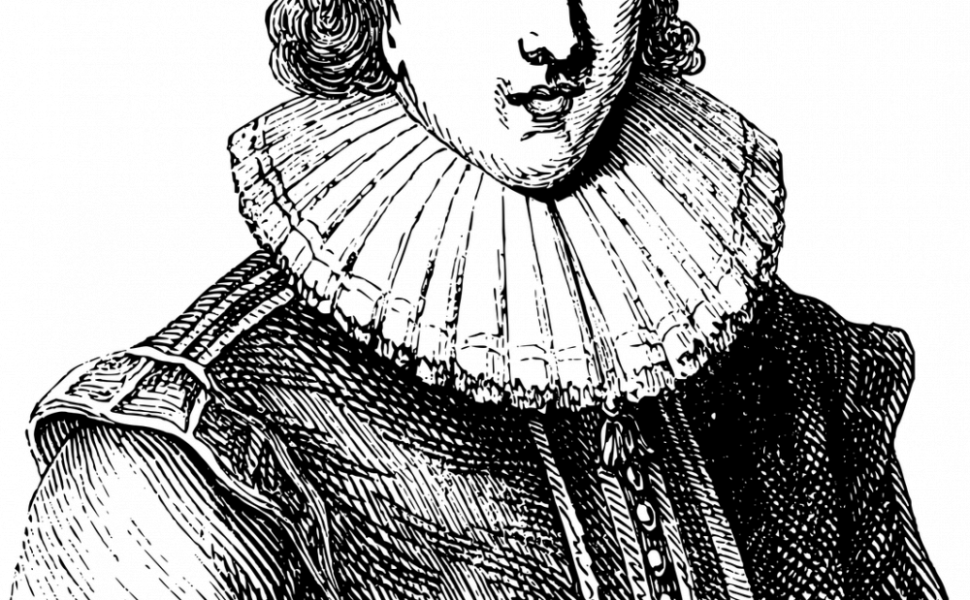
Introduction:
Charles Dickens is a name that is synonymous with great literature and timeless storytelling. Born on February 7, 1812, in Portsmouth, England, Dickens went on to become one of the most influential and celebrated authors in history. His works, which are known for their vivid characters, social commentary, and gripping plots, continue to captivate readers around the world. In this article, we will delve into the life and works of Charles Dickens, exploring his immense contribution to literature and his enduring legacy.
Early Life and Influences

:
Charles Dickens was the second of eight children born to John and Elizabeth Dickens. His father was a clerk in the Navy Pay Office, but financial troubles eventually led to him being imprisoned for debt when Charles was just 12 years old. This experience deeply impacted Dickens and provided the inspiration for many of his novels’ themes of social inequality and the struggles of the working class.
Dickens’ love for storytelling was fostered from a young age, with him entertaining his siblings and friends with imaginative tales. His early exposure to the works of authors like William Shakespeare, Daniel Defoe, and Miguel de Cervantes also played a significant role in shaping his literary style and interests.
Career Breakthrough and Literary Success
:
In his early career, Dickens worked as a law clerk and a shorthand reporter in the courts, developing a keen sense of observation and a deep understanding of human behavior. These skills would later become evident in his writing, as he masterfully created intricate and multi-dimensional characters.
Dickens’ breakthrough came with the publication of his first novel, “The Pickwick Papers,” in 1836. This episodic novel, initially published as a monthly serial, became a massive success, captivating readers with its humorous and satirical portrayal of contemporary society. Dickens’ unique narrative style and his ability to infuse his stories with vivid descriptions and memorable characters quickly established him as a literary sensation.
Notable Works and Themes
:
Charles Dickens’ body of work consists of 15 novels, five novellas, hundreds of short stories, and numerous non-fiction articles and essays. His novels, such as “Oliver Twist,” “A Tale of Two Cities,” and “Great Expectations,” are considered classics of English literature, addressing prevailing societal issues while delivering compelling narratives.
One of the recurring themes in Dickens’ works is the plight of the poor and the exploitative practices they endured. The stark contrast between the wealthy elite and the impoverished masses is vividly portrayed, shedding light on the rampant inequality that plagued Victorian society. Dickens’ characters often serve as social commentators, highlighting the injustices and moral corruption prevalent during his time.
Dickens’ Writing Style and Impact
:
Dickens’ writing style is characterized by his meticulous attention to detail and his ability to create atmospheric settings. His stories are populated with a vast array of characters, each with their quirks and idiosyncrasies. From the conniving Uriah Heep in “David Copperfield” to the terrifying Miss Havisham in “Great Expectations,” Dickens’ characters have become archetypes in the literary canon.
The immersive nature of Dickens’ writing paved the way for serialized literature, a format that allowed readers to experience the unfolding narratives in installments. This approach not only catered to a wide audience but also ensured that Dickens’ stories remained firmly ingrained in the collective consciousness.
Legacy and Continued Relevance
:
Charles Dickens’ literary contributions continue to resonate with readers, and his works have been adapted into countless stage plays, films, and TV series. His social commentary continues to hold relevance in the modern era, serving as a reminder of the universal nature of human struggles and the importance of compassion and empathy.
In conclusion, Charles Dickens’ impact on literature and storytelling cannot be overstated. Through his powerful narratives and commitment to exposing societal injustices, he has left an indelible mark on the literary landscape. His works serve as a timeless reminder of the power of storytelling to shed light on the human condition.
Sources:
– Smith, Paul. Charles Dickens: A Life Defined by Writing. Yale University Press, 2011.
– Johnson, Edgar. Charles Dickens: His Tragedy and Triumph. Viking Press, 1952.
– “Charles Dickens.” Encyclopædia Britannica, Encyclopædia Britannica, Inc., 20 July 1998, www.britannica.com/biography/Charles-Dickens.
Early Life and Influences
Career Breakthrough and Literary Success
Notable Works and Themes
Dickens’ Writing Style and Impact
Legacy and Continued Relevance

















